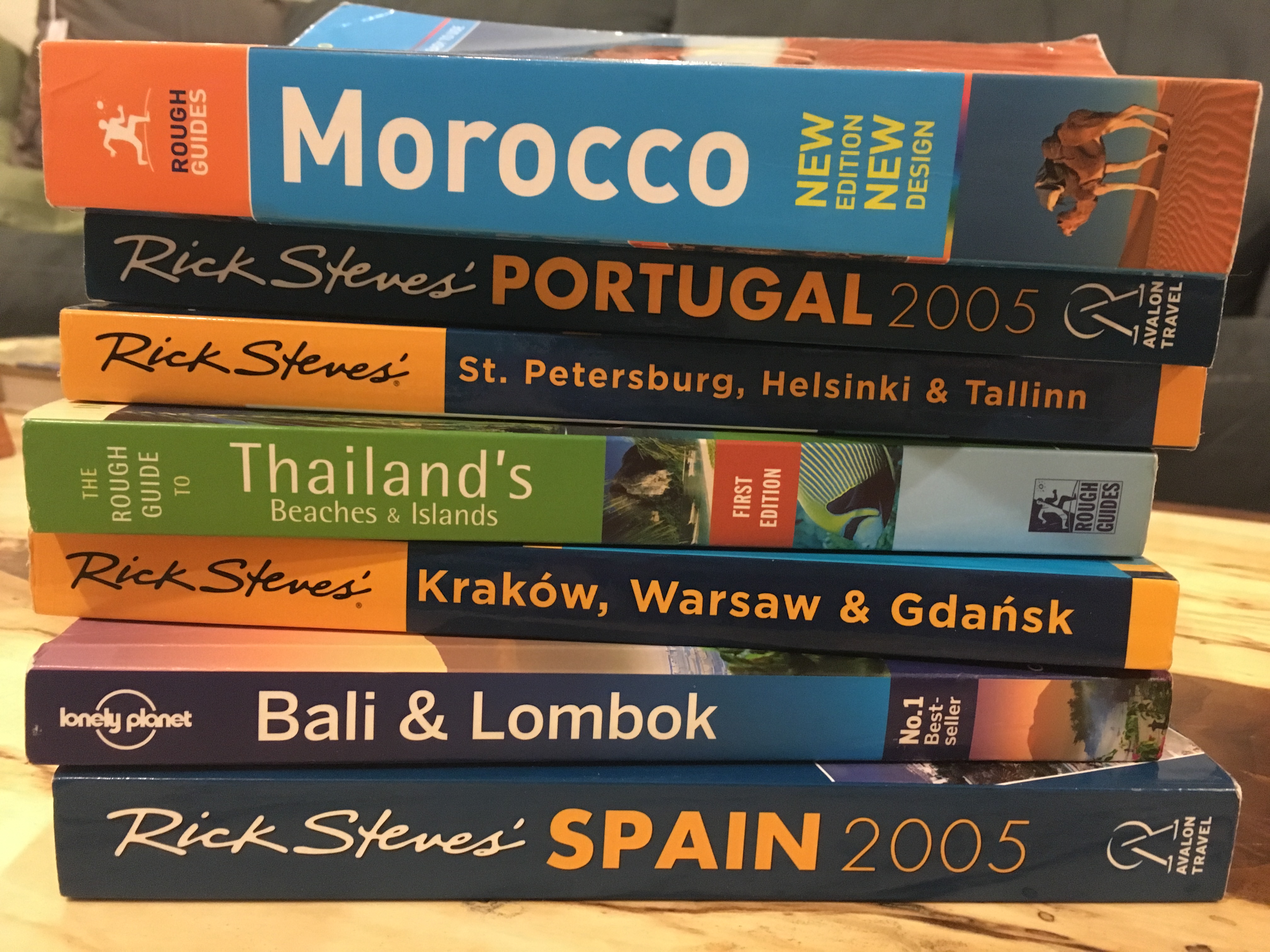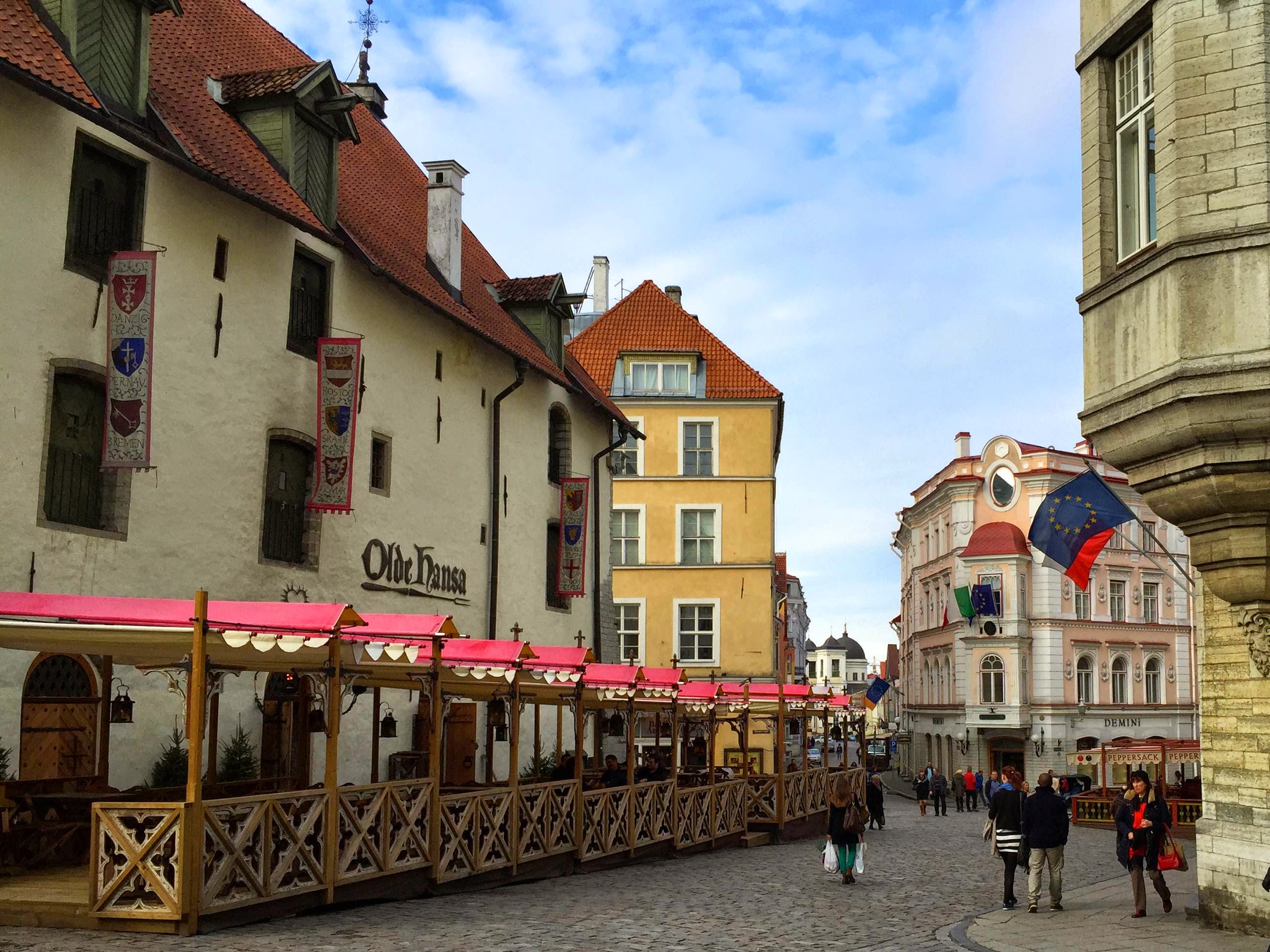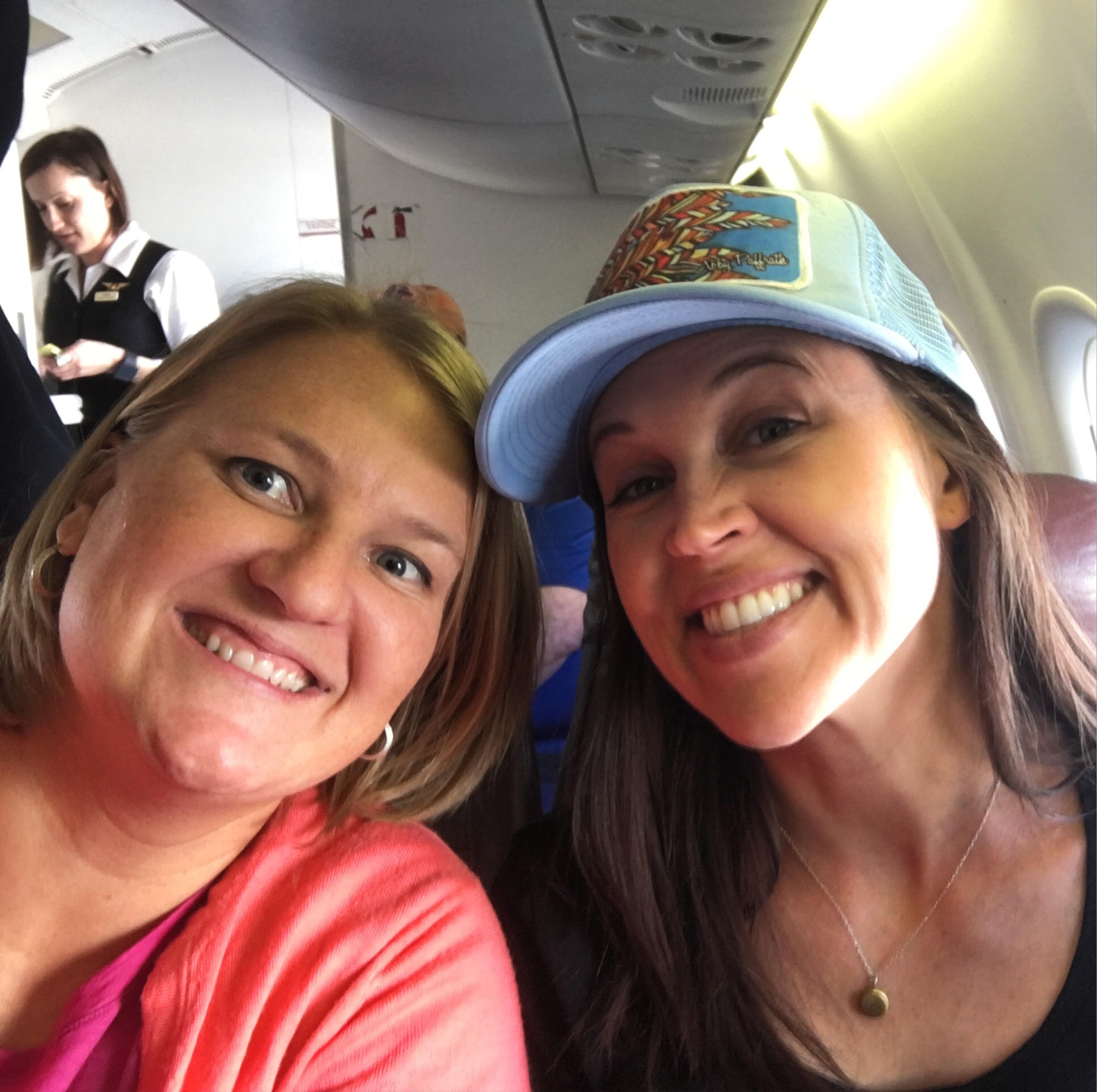product review
-

Train Travel Tips for Two Weeks in Canada
.
Taking the train across Canada was a dream come true for me. I do not remember when I first learned that it is possible to ride a train across Canada, but I was young and it remained a dream of…
-

Movie travel – it’s a thing
.
We’ve written posts about big trips, weekend trips and day trips. This post discusses how to take a trip for about two hours–all within the convenience of your own home…aka movie travel. I don’t know about you, but certain movies…
-
High quality H-2-O
.
A few years ago in a Quito hotel, I forgot that I wasn’t supposed to drink the water in Ecuador and swallowed down a swig after brushing my teeth. In that moment, as I contemplated contracting giardia, typhoid fever and…
-

Guide Books are our Friends
.
One of the first things I do after we’ve booked tickets for a trip is make a beeline to the library so I can see what they have for me in the travel guidebook section. I LOVE guidebooks. Nothing gets…
-

New to Airbnb? Top 10 Reasons to Give it a Try.
.
Are you new to Airbnb? Maybe wondering what all of the fuss is about? That was me about a year ago. I was as green as they get and had never tried any home rental service before. Oh boy, was…
-

To cruise or not to cruise?
.
Cruise ship travel is not for everyone. So “to cruise or not to cruise?” is the question I will try to answer today. Cruise ship travel may be perfect for you. Or it may be the worst idea ever for…
-

Global Entry vs. TSA PreCheck
.
Global Entry and TSA PreCheck have changed the way we travel. As Michael would say, “Do you remember a time”……when you didn’t have to bring a ziplock bag with you to the airport? Or when you didn’t have to unlace…
